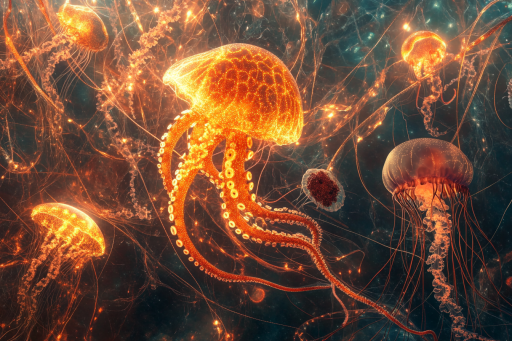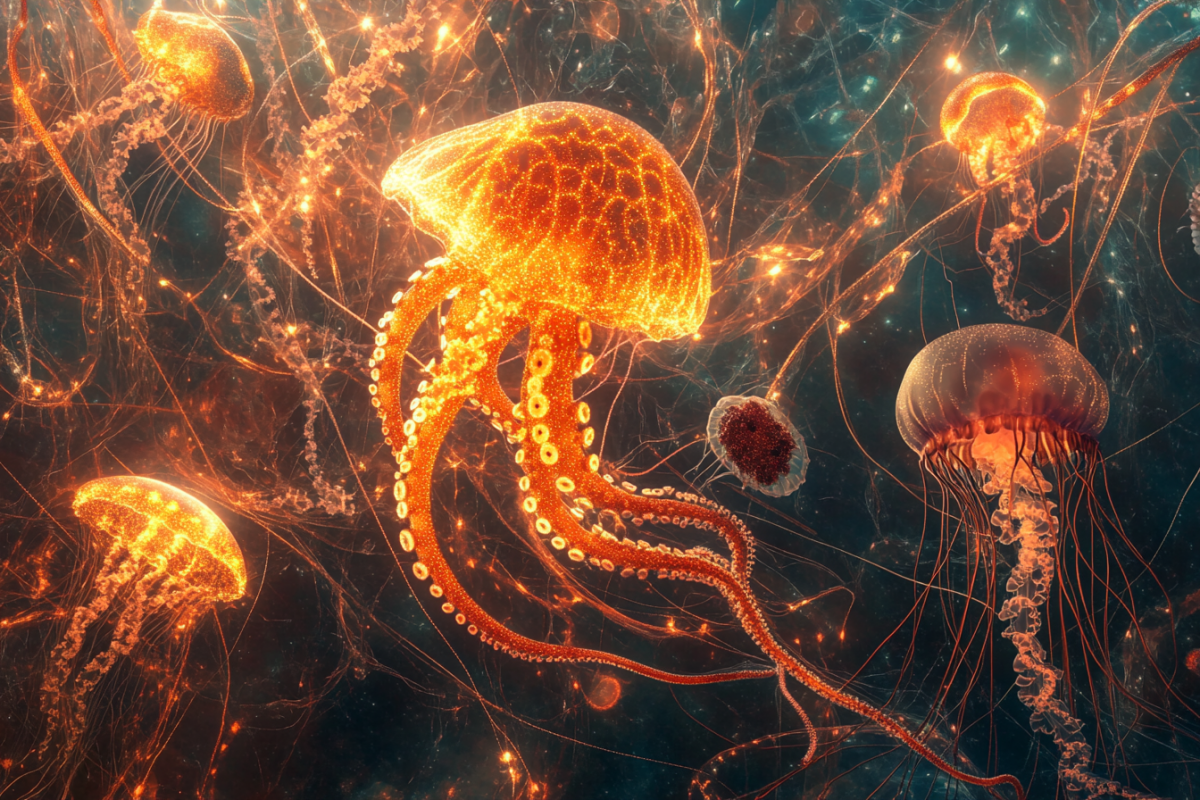
In the hidden language of DNA, nature has written some of its strangest and most astonishing secrets. From creatures thought to be mythical to animals that defy the rules of evolution, the genetic blueprints of the world’s most enigmatic species reveal bizarre adaptations, ancient origins, and mind-bending mysteries. Scientists are only beginning to understand what lies beneath the surface—and what they’ve found changes everything we thought we knew about life on Earth. These aren’t just curiosities—they may hold the key to rewriting biology itself.
The Immortal Jellyfish’s Rewind Button

The DNA of Turritopsis dohrnii contains a biological trick that seems ripped from science fiction—it can revert to an earlier stage of life. This essentially allows it to cheat death, cycling back to a youthful form when threatened. Geneticists are baffled by this molecular mechanism, which appears to suspend or reset cellular aging. Could this tiny jellyfish hold the blueprint for immortality?
Axolotl’s Regeneration Superpower

The axolotl, a Mexican salamander, has baffled scientists with its ability to regenerate entire limbs, parts of its brain, and even sections of its heart. Recent DNA sequencing shows an unusually large and complex genome, packed with regeneration-related genes. These genetic instructions don’t just repair—they restore perfectly, with no scarring. It’s like having a built-in biological reset switch.
Octopus: The Genetic Alien Among Us
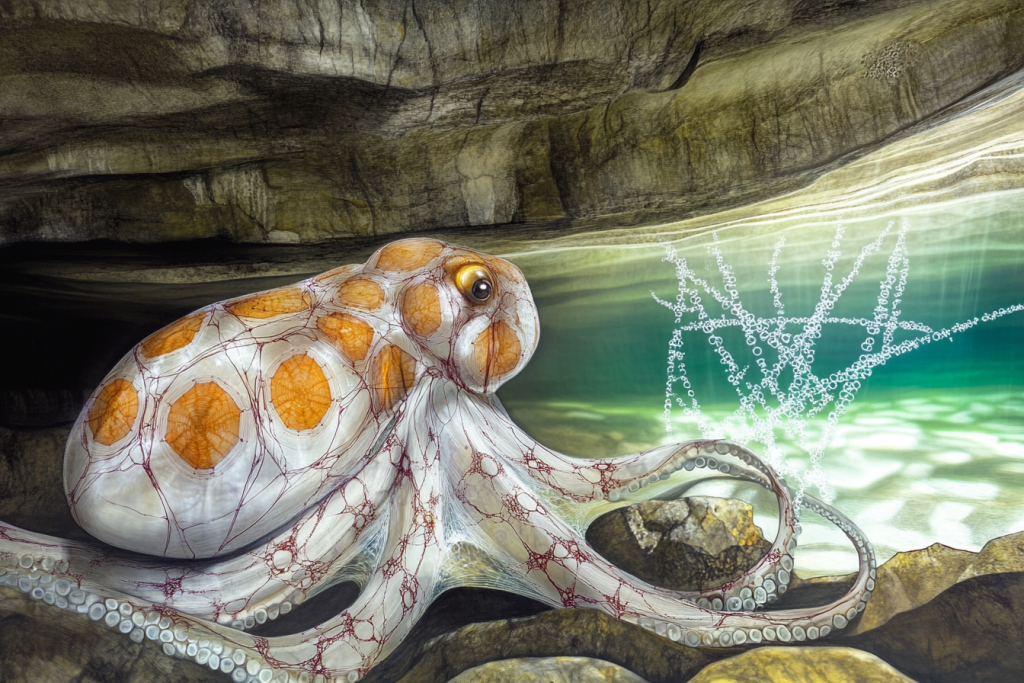
The octopus possesses an astonishingly complex genome, including an unexpected number of neural and cognitive genes. Even more bizarre is its ability to edit its own RNA on the fly, effectively rewriting genetic instructions in real time. This has led some researchers to joke that octopuses might be “the closest things to aliens” on Earth. Its genetic code challenges everything we thought we knew about animal intelligence.
The Icefish With Antifreeze Blood

Living in the frigid waters of the Antarctic, the icefish has evolved blood unlike any other vertebrate. It lacks hemoglobin but survives thanks to unique antifreeze glycoproteins encoded in its DNA. These proteins prevent ice crystals from forming in its blood and tissues, defying what’s biologically possible in subzero environments. Its genome offers a chilling peek into the limits of life.
The Mysterious DNA of the Yeti Crab

Discovered near hydrothermal vents, the Yeti Crab has genes perfectly adapted to extreme, lightless environments. Its DNA suggests symbiotic relationships with bacteria it grows on its claws—tiny “farms” that feed it in the dark. These adaptations hint at a long evolutionary history completely separate from most marine life. Its genome may be a living record of a lost biosphere.
Platypus: Nature’s Genetic Mashup

Part duck, part mammal, part reptile—the platypus is a walking genetic enigma. Sequencing its DNA revealed genes from birds, mammals, and reptiles all interwoven in strange ways. It lays eggs but produces milk and even has venomous spurs, all reflected in its bizarre genomic code. It’s like nature ran out of rules when creating this creature.
The Deep-Sea Vampire Squid’s Eternal Youth
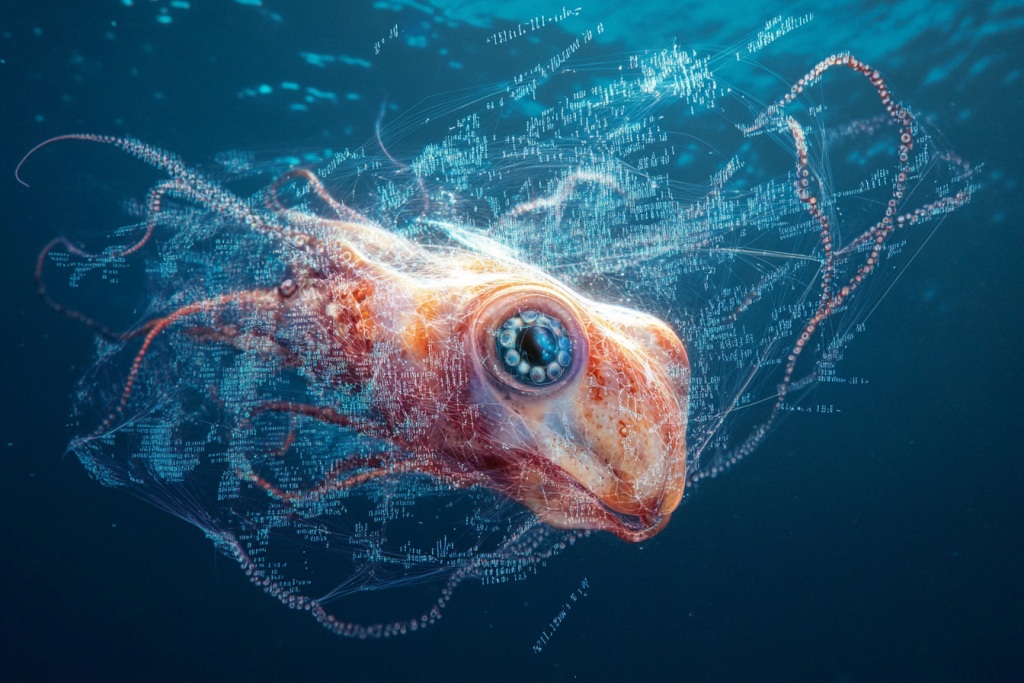
The vampire squid doesn’t just have a cool name—it has a weird genetic trick. Its DNA shows evidence of “neoteny,” a process that allows it to retain juvenile traits into adulthood. This might be an evolutionary strategy to conserve energy in the crushing depths. In a world with no sunlight, evolution has carved out some truly strange solutions.
Sharks: The Genetic Guardians of Longevity

Some shark species can live for hundreds of years with little sign of aging or disease. Their DNA is loaded with genes that repair damage at the cellular level and resist cancer. Greenland sharks, in particular, may live longer than any other vertebrate. Studying their genes could reshape our understanding of aging—and maybe even slow it down.
Glass Frogs and Their Invisible DNA Trick

Glass frogs appear translucent, and some are nearly see-through. Their DNA reveals a unique pattern of gene expression that allows them to make their blood and organs “disappear” while resting. This near-invisibility is a camouflage technique unlike any other in the animal kingdom. The genetic switch behind this may help explain previously unknown cellular processes.
The Genetic Echoes of the Tasmanian Tiger

Declared extinct in the 20th century, the Tasmanian tiger’s DNA has been partially reconstructed from preserved specimens. What scientists found shocked them—its genetic structure has close similarities with canines, despite being a marsupial. Some researchers are even trying to revive it using synthetic biology. Its code is a genetic ghost from a bygone era.
The Electric Eel’s Internal Battery Blueprint

Electric eels generate powerful jolts using specialized organs made of electrocytes—but the real magic lies in their genes. Sequencing their DNA revealed an entirely novel set of genetic instructions for creating electric charge. It’s a biological circuit board, evolved naturally. Unlocking this blueprint could have profound impacts on bioengineering and energy storage.
The DNA Time Capsule of the Coelacanth
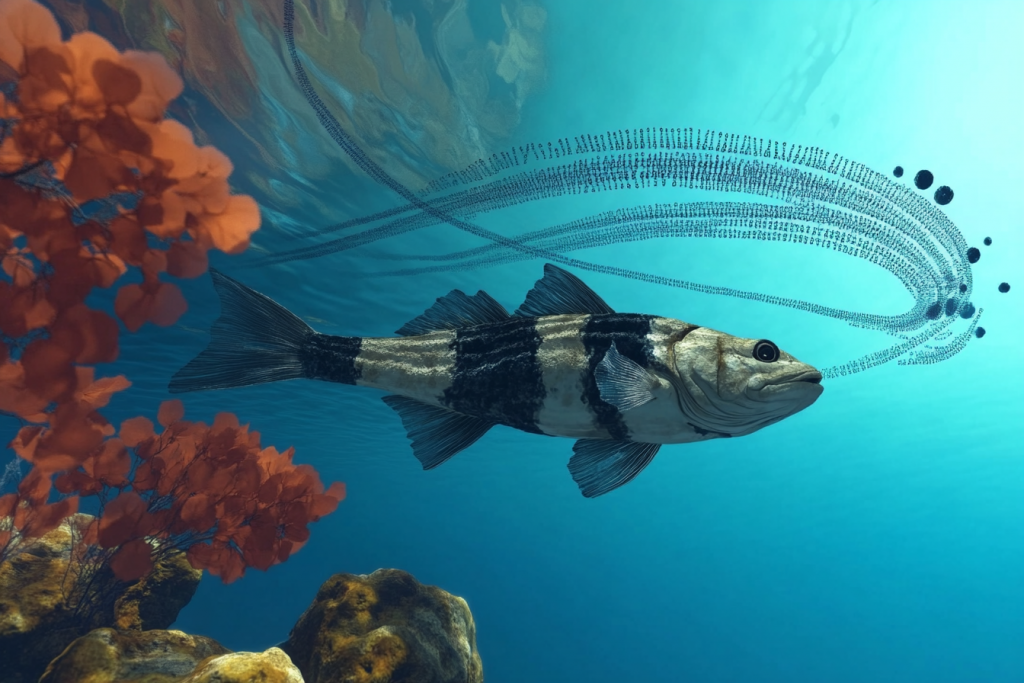
Once believed extinct for millions of years, the coelacanth resurfaced alive and almost unchanged. Its DNA is like a living fossil—surprisingly stable and slow to mutate. Studying it is like peering into the genetic past of vertebrate evolution. It may hold secrets to how land animals first emerged from the sea.
The Glowing Genes of the Firefly Squid

This luminous cephalopod can emit dazzling bioluminescent displays. Its genome contains a rare and mysterious set of genes responsible for light production and control. Unlike most creatures with bioluminescence, its glow is programmable—used in mating rituals and predator evasion. These glowing genes might one day inspire breakthroughs in medical imaging or synthetic light technologies.
Whispers Written in Code
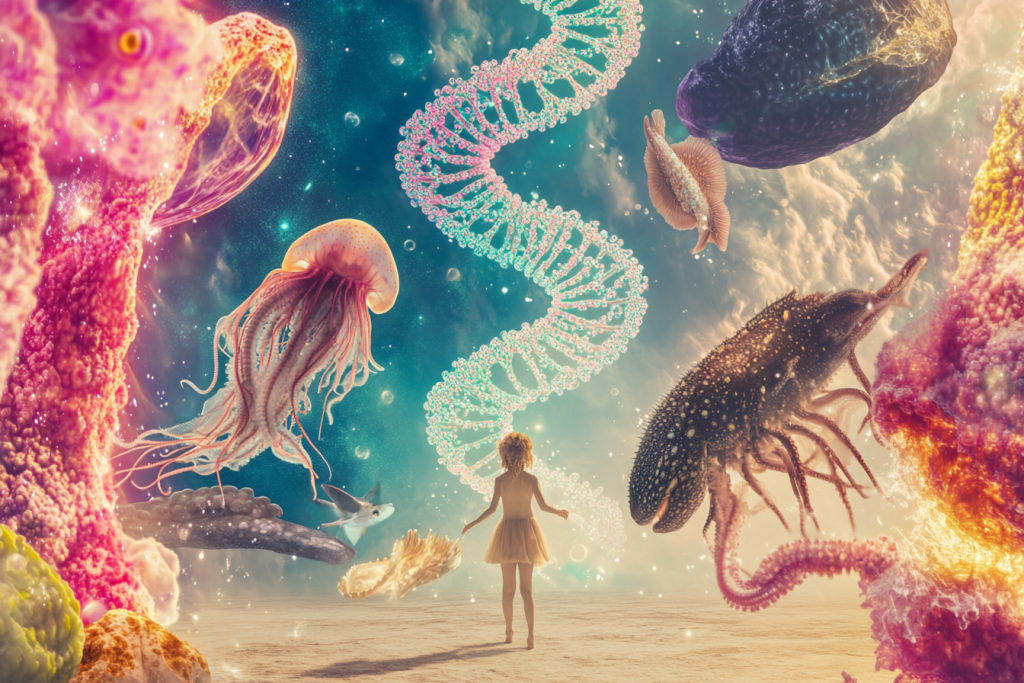
The secrets embedded in the DNA of these creatures remind us that the most profound mysteries aren’t always hiding in distant galaxies—they’re right here on Earth, encoded in life itself. As we unlock more of these genetic riddles, we’re not just learning about evolution—we’re uncovering clues to survival, adaptation, and the fabric of reality. Every strange mutation, every hidden gene, offers a glimpse into nature’s vast, untamed imagination. Perhaps the future of science lies not in creating new life, but in finally understanding the ones we already have.

